Solar lights, also famously known as solar lamps and solar lights, use the sun’s energy to produce light energy.
They consist of tiny solar cells that harvest the energy from the sun, and it is stored in the batteries, which give light whenever needed.
As every coin has two sides, solar lights, too, come with their own set of merits and downsides. Let us have a look at both.
Merits of Solar Lamps
Sustainability
The sun is an indisputably perpetual source of energy. Thus, utilizing solar energy for electricity purposes will reduce carbon footprints significantly as no other form of energy is used in this process.
The batteries of the lamps store the energy harvested during the day and use it at night to provide light. Moreover, the batteries are completely recyclable.
Maintenance Free
This might be the most convenient aspect of solar lamps; they are maintenance-free. Just checking the lamps visually and keeping the glass grid clean will help in prolonging its lifespan. Other parts can last for around 30 years without any maintenance.
No Electricity Bill
Since the system of solar lamps works on zero consumption of any energy other than solar energy, light bills are reduced to zero. Hence, solar lamps are a very pocket-friendly option in the long run.
Portable Solar Lights
Another big advantage of solar lamps is that they can be portable, too. Whether you want a lit parking lot or a room, you can pick them up with forklifts and move them around.
Independent Power Systems
Conventional lighting systems depend on many things, namely cable connections, which means that a fault in one place can also lead to light problems in other areas. But not with solar lamps, as these are completely independent power generating systems.
Downsides of Solar Lamps
Unavailability of Enough Sunlight
Solar lamps entirely rely on solar energy for producing light. Therefore, they might not be the most dependable sources of light in places or regions with very little sunlight during the day.
For instance, solar lamps would make a great option in places near deserts due to the ample amount of exposure to the sun. However, the cells won’t harvest much energy from the sun in places like the poles. Hence, they cannot be used in places with scant sunlight.
Moreover, accumulation of snow, dust particles, and moisture can reduce the panels’ exposure to sunlight, thereby affecting the performance of the lights.
Expensive Installation
The installation process of solar lights is a little more expensive than conventional light poles. But, this is compensated by the electricity bills being cut down. So, even if the initial process can get a little pricey, it is worth every penny spent.
Risk of Theft
The luminary and panel on the solar lamps are of high monetary value and can be easily stolen, thus putting the expensive installations at risk of robbery.
These were the various merits and pitfalls of installing solar lamps. With modern societies realizing the importance of eco-friendly choices, solar lights are the name of the game today. Money savings are a bonus that comes along with sustainability in the case of solar lights.
There are some of the varieties of solar lamps available from Westinghouse solar lights.

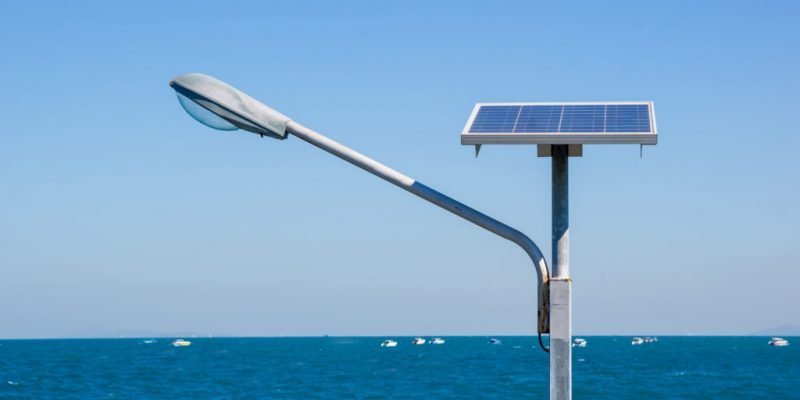

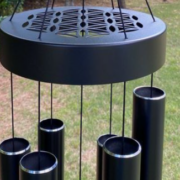
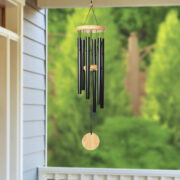

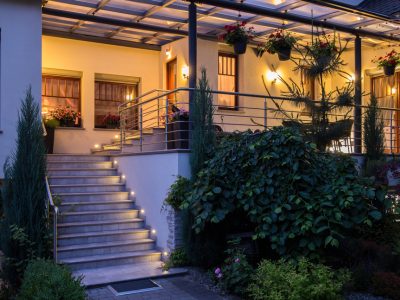
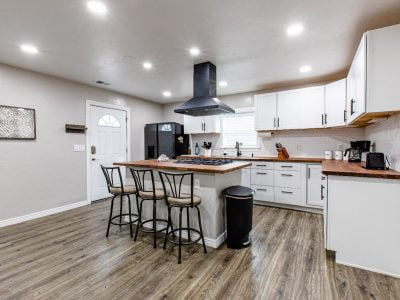
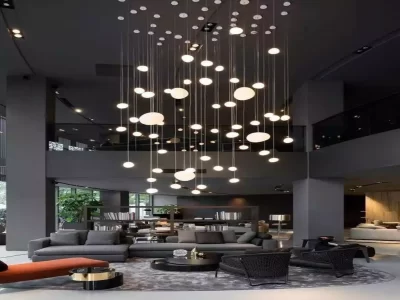
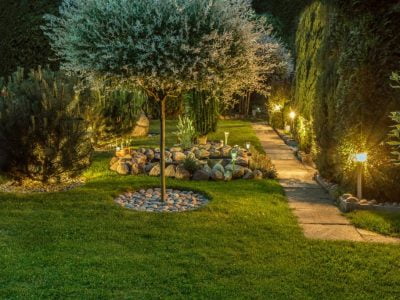

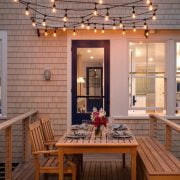


Comments